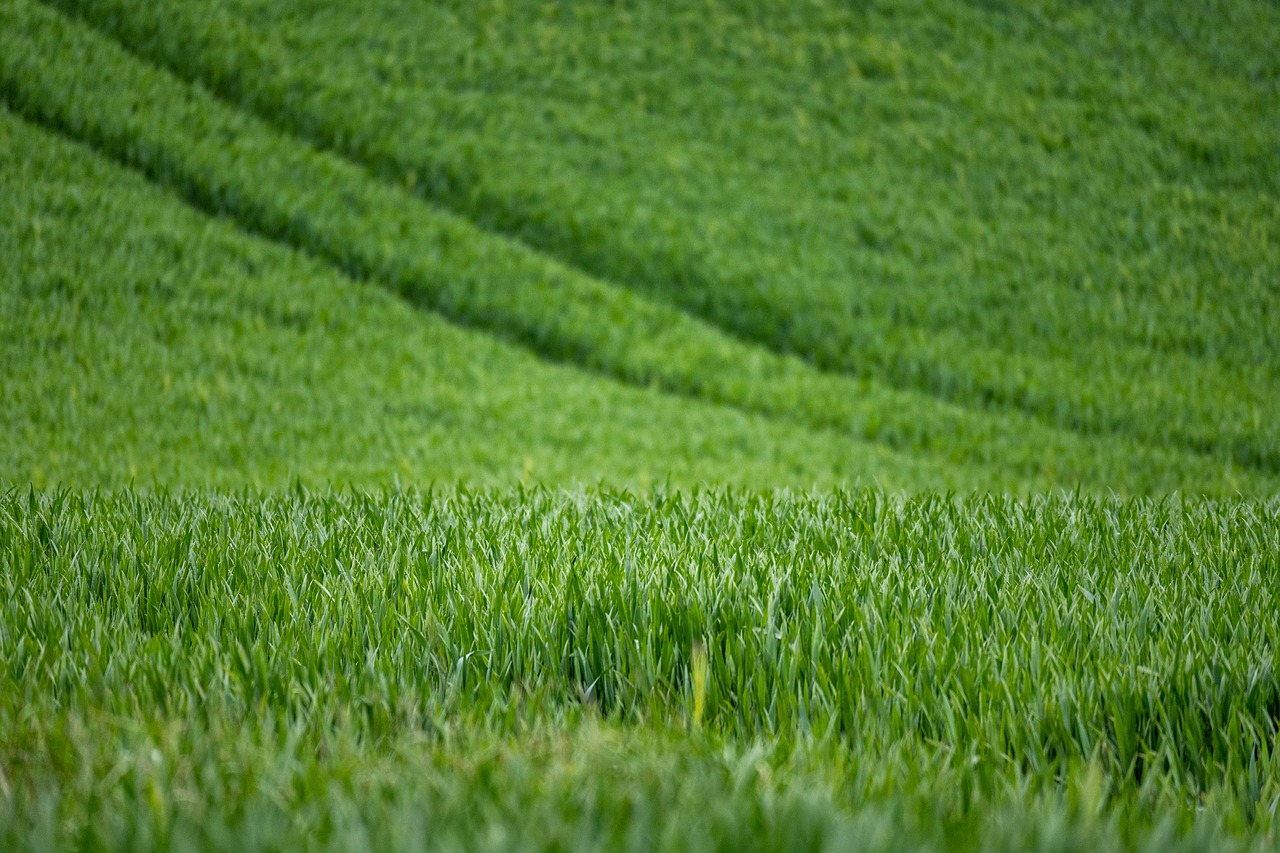Making the best use of our land while preserving nature and producing food for a growing population presents big challenges.
In October 2023 the Scottish Government released its fourth annual progress report on their land use strategy, covering the period from March 2022 to March 2023. It includes various financial support schemes from last year and examples of associated environmental, social and economic programmes.
Land use is a key part of the Holyrood government’s aim of achieving net zero greenhouse gas emissions by 2045.
The official focus on squeezing the maximum from Scotland’s 19 million acres is encouraging for landowners and managers but also presents the challenge of reconciling sometimes competing land uses while meeting other targets such as net zero.
Alongside traditional rural land uses such as crop production and livestock grazing, farmers have a significant array of other options, such as rewilding and environmental services, urban expansion and affordable housing provision, in partnership with local authorities or developers.
There is also forestry for commercial crop or to generate carbon units to sell in the emerging market, renewable energy generation, and growth of sustainable crops such as sugar beet which, through methods which are far less carbon intensive than traditional petrochemical production, can be used to make plastics, as explained in the other article in this issue of Energy Matters (link below).
Productive arable land accounts for approximately 1.5 million acres or 8% of Scotland’s total land area, but competing uses mean a portion of this will be taken out of food production.
For example, assuming 75,000 acres of marginal arable land is used for rewilding or environmental purposes, 50,000 for urban expansion around Scotland’s major cities, a further 300,000 acres (in line with Scottish Government annual planting targets) for forestry and 85,000 acres for renewable energy development and low-carbon industrial processes, one third of the 1.5 million acres of arable land in Scotland will be dedicated to non-food use.
While this may not be a bad thing for arable land prices in Scotland, it does represent a change from accepted practice, and one which Galbraith will be keeping an eye on.
If you’re concerned about any of the issues raised in this article or would like to discuss the subject of alternative land use with one of our agents, please get in touch.
- Read the latest news and views from our experts in Energy Matters Summer edition 2024

